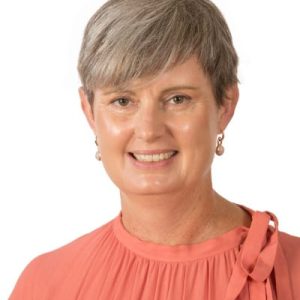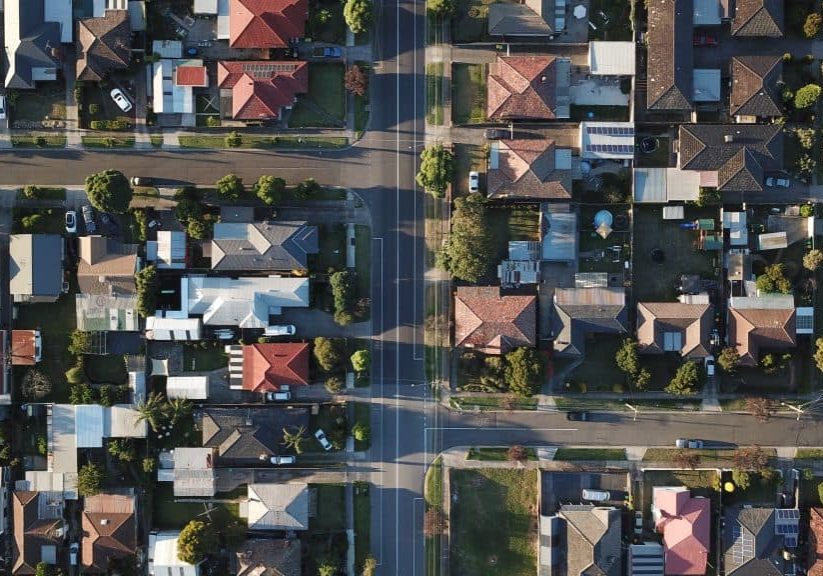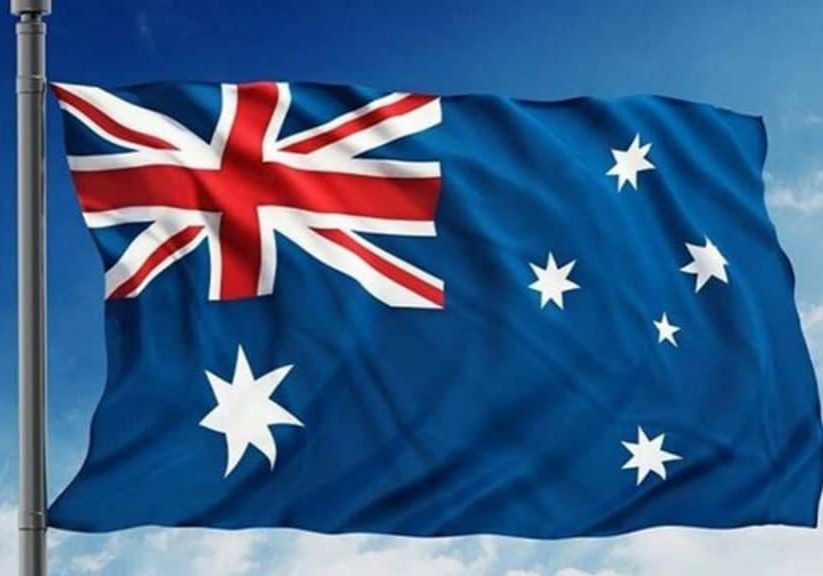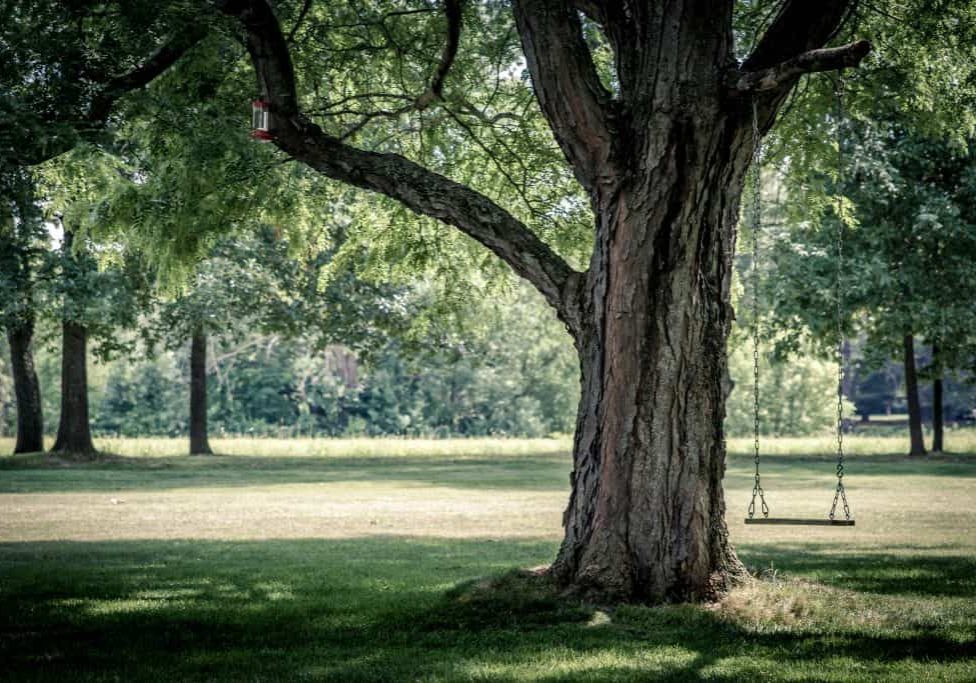It’s budget season!
Published Apr 15, 2024 by Lindy Nieuwenhuizen

The council and federal budgets that will be released in coming weeks will be the last before local government elections in October and possibly the last before the Federal election next year.
At all levels (local, state or federal) there’s a consistent narrative about the constrained financial circumstances as we recover from the accumulated impact of covid stimulus initiatives, supply chain disruptions, natural disasters and growing government debt.
But we are still paying our taxes, parking fees, pet registrations, stamp duty, payroll taxes and of course GST so what does the starting point look like for our governments’ budgets?
Our local councils are the only level of government with a cap, and 2024/25 marks the 10th anniversary. There are 79 councils across the state, that’s 790 annual budgets and only 14 budgets received approval for a rate increase above the cap – across a decade that has seen fires, floods, pandemics, but also some eye-watering increases to costs of construction, fuel, energy, insurance and a very competitive employment market. This year the rate cap has been set at 2.75% – not 2.75% plus CPI – just 2.75% when the RBA is expecting inflation to stay above 3% until at least 2026.
Over the past decade some councils have opted for zero rate increases and others have gone for something below the annual rate cap. In each case the council not only forgoes revenue in the current year, the impact compounds in every following year and there is no way to catch up. The cap’s impact is much greater on regional councils’ finances. The City of Melbourne’s annual budget is about four times Greater Shepparton’s but it collects 20 times more revenue from parking fees and fines – in fact Melbourne’s revenue from parking fees and fines is almost equal to Greater Shepparton’s entire rates revenue.
Roughly half our local councils’ revenue comes from rates, and another third comes from state and federal grants but most of these are tagged to councils providing specific services from child care to aged care or specific infrastructure projects – there is little discretion for councils. It also means a large proportion of our local councils’ budgets depends on the health of the state and federal coffers.
So what about our state budget? The Victorian budget is around $90 billion – around half comes from grants (about half of this is GST from the Federal Government). A further 40% is state taxes such as payroll and stamp duty. The Federal Budget is around $680 billion (receipts) and driven by personal and company income tax.
At both levels our expectations are well and truly being managed in advance of this year’s budgets but there have also been some big announcements including the Federal Governments Future Made in Australia policy that’s focus on renewables and advanced manufacturing. In Victoria all the reports suggest the forthcoming budget will involve delays to capital projects, pruning and possible amalgamation of services and frequent references to right sizing and delivery efficiency.
But as the data shows, the question isn’t whether the money is coming in – it’s about how the money is prioritised going out – and where our local ideas fit into those priorities. And this is where the forthcoming elections become a vital step in resetting or at least influencing the priorities of an incoming government. So while we look for opportunities within the upcoming budgets, we also need to lift our gaze to the forthcoming elections and the opportunity and impact need to have.






